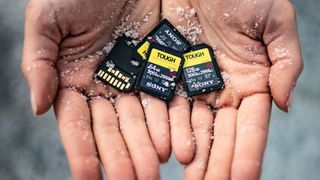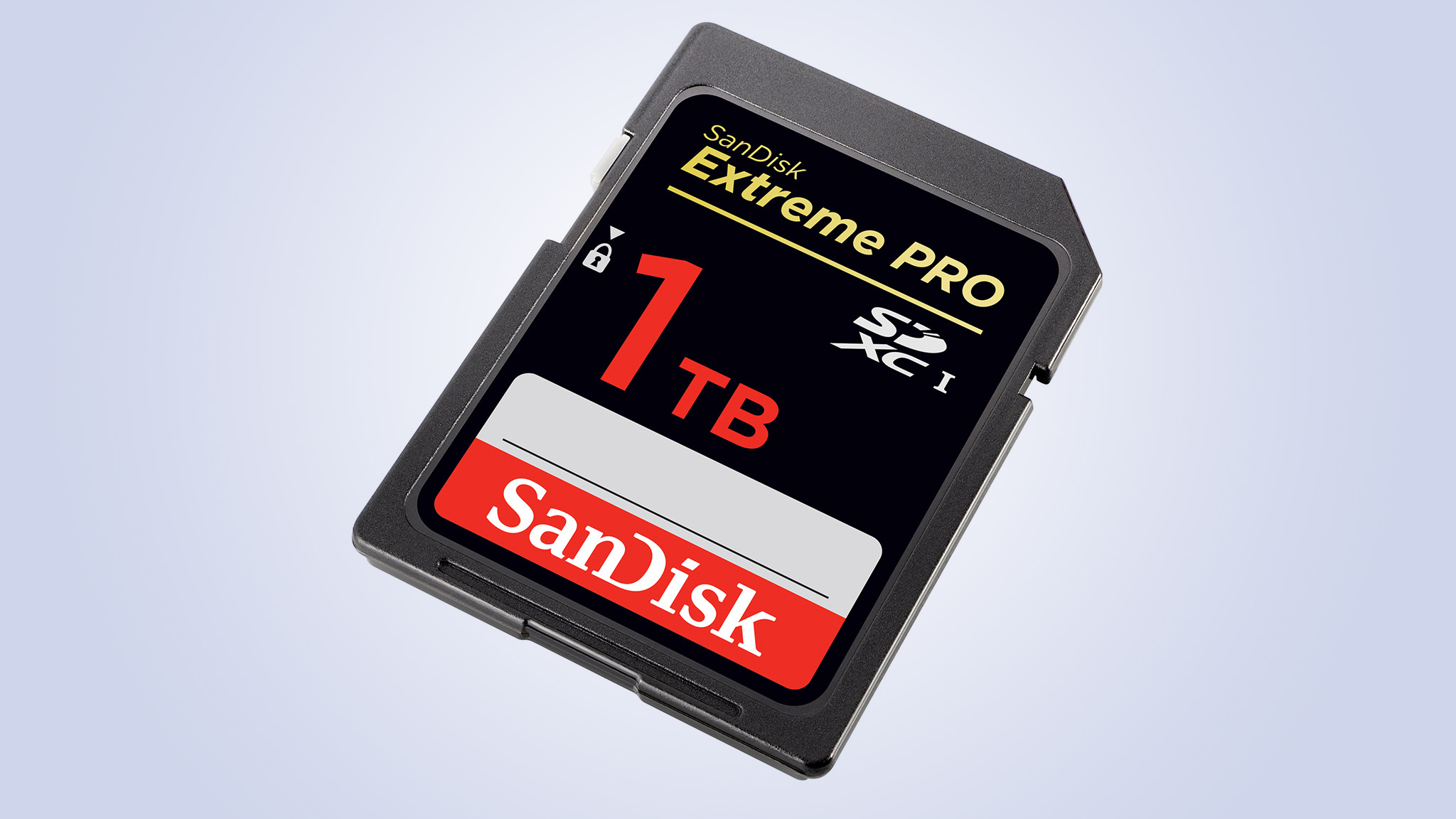Kodak Easy Share C183 Can I Move the Pictures From Internal Memory to the Sd Card
Everything you need to know about SD memory cards

You may never have thought about SD cards before in your life: you got one with your first camera and you've used it ever since. Or maybe you've just bought new ones as time has gone on and camera resolutions have gone up.
But simply buying a cheap SD card based on its cost per gigabyte is often a false economy. For example, slow, bargain-basement cards will work fine while you're shooting a few images of a slow motion subject. As soon as you upgrade to a camera that can shoot more frames per second, though, you'll find yourself missing shots while your camera struggles to write to a slow card.
Or, if you're looking to get into videography, you'll definitely find that not all SD cards were created equal. Over the years, SD cards have evolved to meet the demands of increasingly advanced cameras, from higher megapixel counts to faster bursts rates and 4K video recording.
This means they bear many different indicators as to how they can be expected to perform, which can be confusing. Luckily, we're here to demystify the process – here's how to choose the right SD card for you.
Type and brand
The first thing to look for is whether a specific card is compatible with your camera.
Assuming your camera uses the SD format, it should be compatible with the two main types of cards manufactured today, namely SDHC (Secure Digital High Capacity) and SDXC (Secure Digital eXtended Capacity).
Older cards that are simply marked SD will typically work with today's cameras too, although they're no longer produced, as the demands of the latest models exceed their capabilities.

The best way to check what your camera will and won't accept is to look up the camera's specifications in the manual (or the equivalent page on the manufacturer's website).
All SDHC and SDXC cards have a small tab at the side that prevents a card's contents from being changed in any way – if you slide this tab down you won't be able to record anything to or delete anything from the card, and this is a useful way to secure your images and videos, particularly once your card is full. Sometimes this tab can be moved slightly when you're inserting a card into your camera. If you get an error message when trying to take an image, take the card out and check the tab isn't in the 'locked' position.

Other types of SD cards come in smaller variants, such as microSDXC. These are typically used in smartphones, although they often come with SD-sized adapters that allow them to be used in cameras and card readers.
Lexar and Sandisk are the dominant players in the market, although Integral, Kingston and Transcend produce perfectly sound alternatives that may be cheaper, while there are also options from well-known brands such as Toshiba and Samsung. Whichever brand you decide to go for, only buy from a reputable seller, as there are unscrupulous outlets offering counterfeit cards.
Capacity

How big should your memory card be? For most people, a 32GB card is the smallest one you should consider, with 64GB likely to be the better option. And this brings us to our first acronym – all cards with a capacity of 32GB and under fall into the SDHC camp, while cards sized at 64GB and over are classed as SDXC.
The longer answer is that the size of the card depends on what kind of photographer. If you're a really keen snapper, you should aim for a card that will store between 1,500 and 2,000 images from whatever camera you currently own.
If you shoot less frequently, a card that can accommodate 1,000 images is probably enough. You're aiming for a sweet spot here – a card that won't run out of space just as things get interesting, but that will force you to offload and backup images with relative frequency. If you shoot video, a card that can hold around an hour of good-quality film from your camera will probably suffice.
If you're a videographer, you'll need more, especially if you shoot in 4K. We wouldn't look at anything smaller than 128GB, with 256GB probably more practical if you don't want to have to offload your footage and back it up every night or two when you're away from home.
What's the biggest you can go? Lexar now makes a 1TB SD card, which is bigger than you'll find on many laptops with solid state storage. It's impressive, sure, but it's unlikely to represent very good value for money – you'll only fill it with current-generation technology if you go a long time between offloading your footage, and the idea of having 1TB of potentially priceless footage on a single card makes us go a bit weak at the knees.

Most people find that opting for a handful of moderately sized cards is a better option than using a single larger one. This makes sense from the perspective of security – if something goes wrong with the card, for example, it's good to know that not all your images and videos are at risk – but it's also a good idea where organization is concerned. An increasing number of cameras now offer two card slots, which is another reason to invest in multiple cards rather than just one.
- The best entry-level DSLRs you can buy right now
huizarcoundeplaid.blogspot.com
Source: https://www.techradar.com/uk/news/sd-memory-card-buying-guide
0 Response to "Kodak Easy Share C183 Can I Move the Pictures From Internal Memory to the Sd Card"
Post a Comment